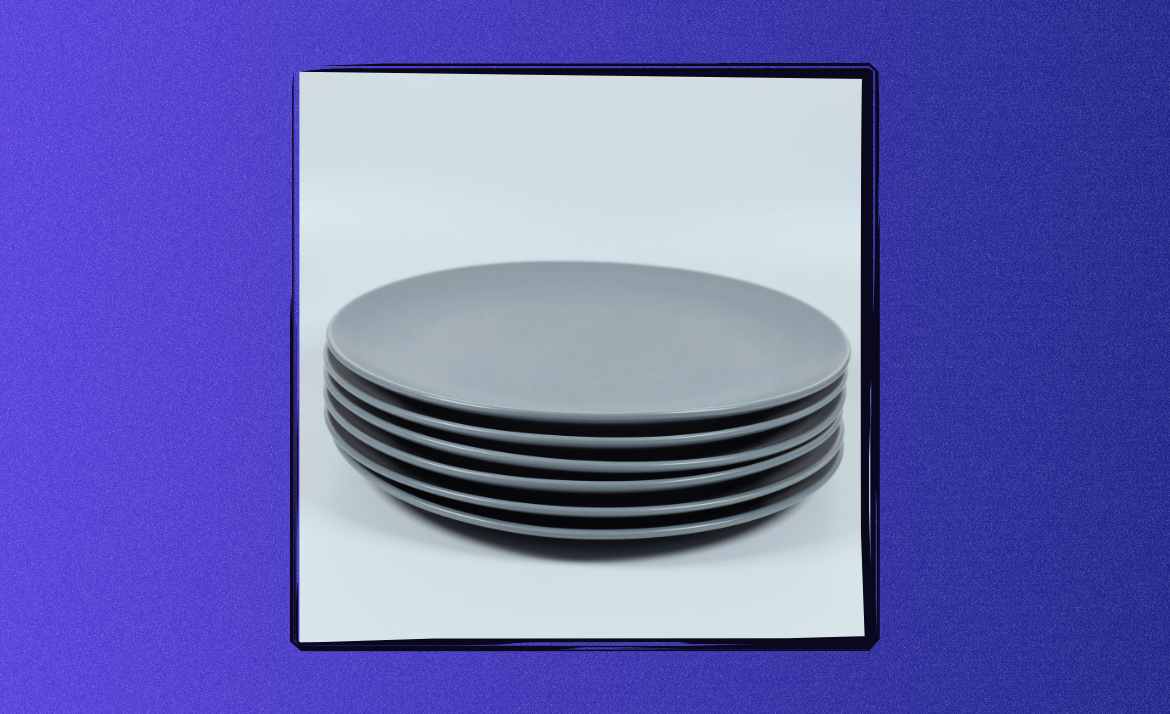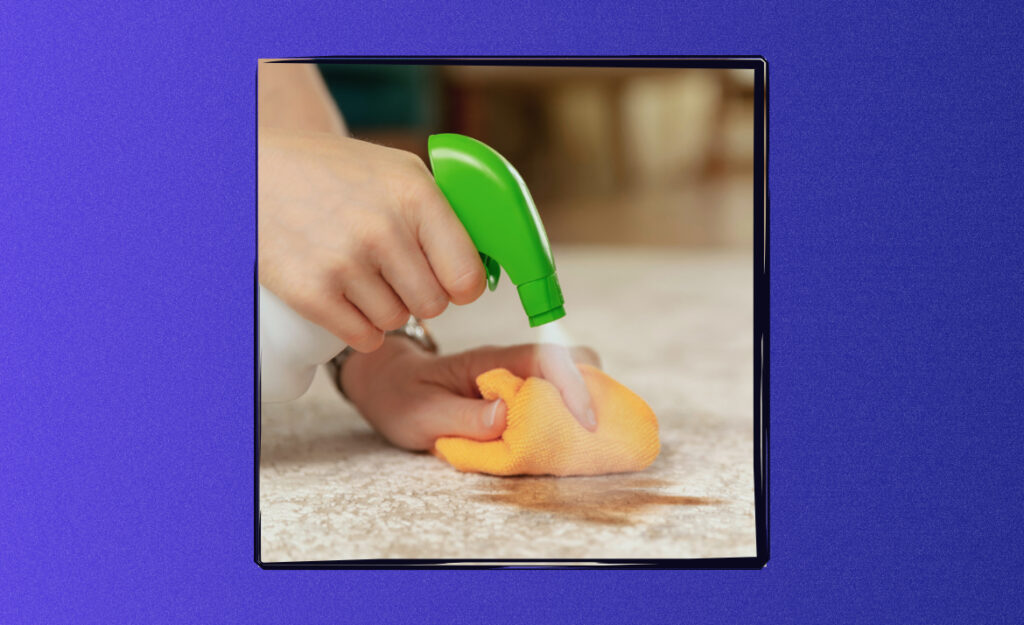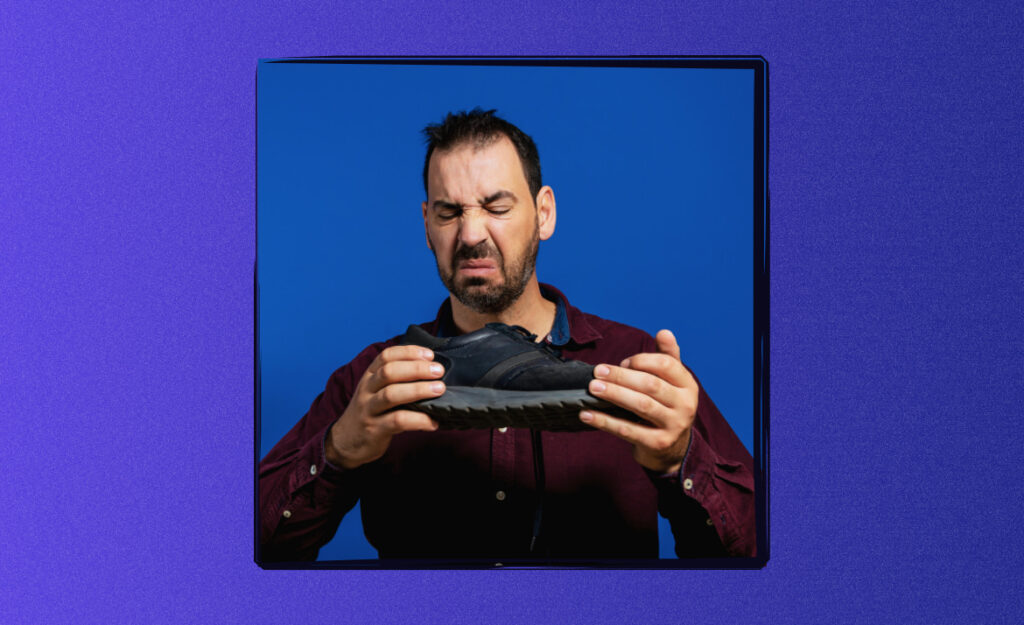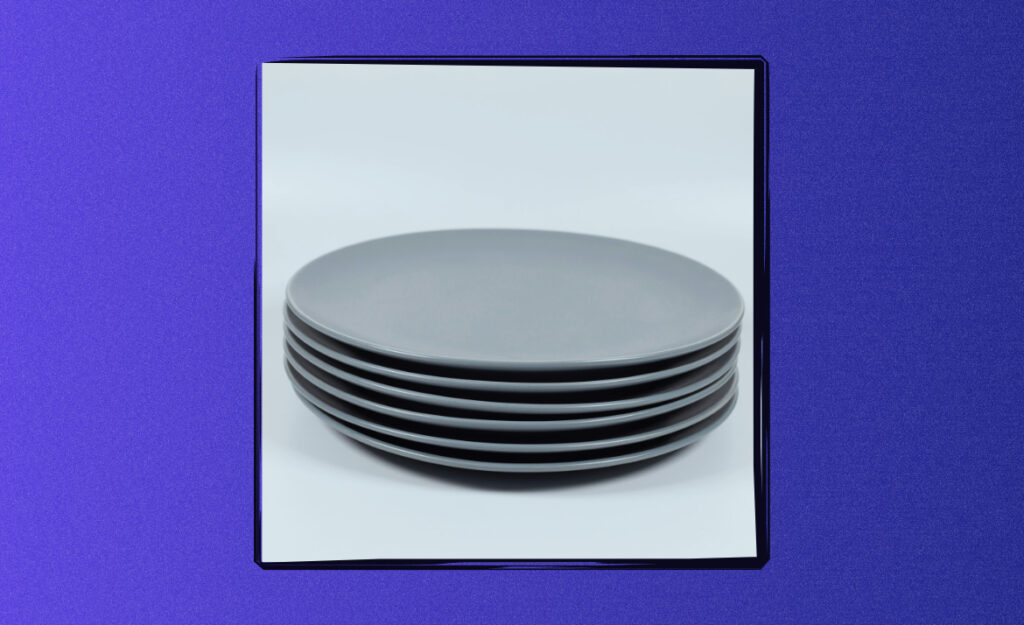
You open the dishwasher and see that wall of dirty plates and mugs staring back at you. Between cooking, kids, and piles of pots, even five extra minutes spent dishwashing feels like a sneaky time thief. Small adjustments—and a few fast dishwashing hacks—help reclaim your evening without sacrificing clean, sparkling dishes.
Everyone’s kitchen rhythm is slightly different, but busy Americans know the struggle of dinner-to-dish marathon all too well. Cooking a favorite meal loses its allure if it ends with a towering mountain of crusty pans. That’s why techniques for quicker, smarter dish care matter.
This article walks through reliable, practical methods to radically cut dishwashing time. Whether you use a dishwasher, clean by hand, or some mix, you’ll find new habits to make your whole cleanup process fly. Let’s dive in and build out your best kitchen routine yet.

Chipped Dishes: How to Make Your Tableware Last
Learn stacking tricks, storage tweaks, and daily habits for a lasting, chip-free kitchen set everyone admires.Sequencing Dishes for Speed and Efficiency
When you batch and sequence your dishwashing stages, you instantly eliminate repetitions and wasted motion. It’s just like prepping a recipe—gather steps, then execute them in a tidy workflow.
Organizing by type first lets you use the same scrubber motion multiple times. Start with glassware, move on to plates, then switch to pots and pans at the end for a sense of progress and reduced grime transfer.
Group and Pre-Sort in the Sink
Rinse all silverware and glasses first. Stack plates upright rather than flat, and keep utensils sorted by type. Someone might say, “Let’s stand all forks in this cup,” before soaping, so loading and washing all at once is frictionless.
People who pre-sort are less likely to miss an item or waste time searching for the right utensil. That saves a surprising amount of time with every round.
After each meal, check that the family does a 20-second sweep to gather cups and plates. Starting with a sorted sink turns a daunting task into manageable, rhythmic steps.
Cleanest to Dirtiest: Keep Water Fresh
In dishwashing, always tackle the least-soiled dishes first. Quick example: wash water glasses together, then salad bowls, then greasy pans. Each type stages next to the sink for efficiency, not mixing soiled with clean.
This means you avoid dirtying clean water early. “Stack up the glasses and tackle them, then I’ll grab all plates next”—that’s a sample script for keeping your stages clean and rapid.
Kids can join in too: let one person scrape, another sorts. Repeat the order every time, and soon your cleanup will feel like muscle memory.
| Step | Tool Needed | Time Saved | Action to Take |
|---|---|---|---|
| Pre-Sort Dishes | Empty Sink Space | 4 min | Sort by type before soaking |
| Scrape Food Remains | Rubber Spatula | 2 min | Use spatula to clear plates & pans |
| Choose Cleaning Order | Checklist | 3 min | Wash from glassware toward pots |
| Set up Rinse Station | Basin or Running Water | 1 min | Dip or spray to finish |
| Air-Dry Setup | Rack with Mat | 2 min | Transfer immediately after rinsing |
Tools That Turn Minutes Into Seconds
A few well-chosen tools quickly boost your dishwashing speed. Modern sponges, dish wands, and clever organizers squeeze more mileage out of every swipe and rinse.
Stacking your tools within arm’s reach removes unnecessary walking across the kitchen. The right setup leads to fewer pauses, making cleaning more seamless from start to finish.
Invest in the Right Sponge
Selecting a double-sided, high-quality sponge means scrubbing and wiping with the same motion, cutting repeated steps. A person might say, “I swap to the scrub side for pans,” rather than searching for another tool each time.
- Use textured sponges for stuck-on messes: Scrub stubborn casseroles, bread pans, or pots with crust using a textured pad. Get rid of residue with two passes, not fifteen scrappy strokes. Less hand fatigue.
- Try silicone brushes for glassware: Gently yet thoroughly clean wine glasses, coffee tumblers, and baby bottles with flexible bristles. Silicone brushes last longer and dry quickly, reducing bacteria buildup.
- Choose a handled dish wand: A liquid soap reservoir built inside means re-applying soap only takes a quick tap. Swipe, rinse, repeat faster.
- Designate a scraping tool: A dedicated spatula in your dish area clears stuck-on food off plates before soaking. Use it before the first rinse to keep your water clear and your routine on schedule.
- Add a drain board with built-in mat: Ditch the dish towel. Place rinsed dishes here immediately, speeding up drying and preventing the re-appearance of water spots or streaks.
Simple upgrades add speed and reliability, turning a frustrating routine into a controlled, efficient one.
- Store dish soap in a pump: Pump directly on the sponge with one hand, keeping your workflow uninterrupted and clean even when things get messy.
- Keep a sink caddy: Place all cleaning tools in a portable caddy so you’re never stuck searching through drawers. Grab, clean, reload in one smooth motion.
- Stack drying racks vertically: This saves counter space and dries items faster. Tilt racks toward the sink to avoid water pooling underneath.
- Hang gloves or brushes: Use adhesive hooks inside a cabinet or near the sink for gloves and brushes. They dry out between uses, eliminating bacteria and mildew.
- Replace old sponges regularly: Swap out at least once a week to maintain effective cleaning power. Mark your calendar or set an alert as a reminder.
Consistency with the right tools compounds your time savings when it comes to dishwashing, especially when everyone in the household follows the same system.
Use Microfiber Cloths for a Polished Finish
Switch to microfiber for drying and wiping instead of paper towels. These cloths absorb quickly and are reusable, reducing both your dish time and cleanup waste.
After washing, grab a dry cloth and give plates a quick buff before putting them away. That means less standing water and more immediate shine, impressing any surprise guests.
Store a stack of clean microfibers under the sink so a fresh one is always at hand. Toss them in the laundry with towels—easy reset for your next wash cycle.
Turning Washing by Hand Into a Flow
If you’re tackling dishes by hand, structure matters. Adopting small shifts in motion, position, and temperature steadily cuts time off your total process.
Work in sequence: fill one basin with hot, soapy water and a second with clean rinse water. If you don’t have two basins, use a large mixing bowl for rinsing.
Create a Two-Basin Setup
Let’s say you fill your sink halfway with hot, soapy water. Next to it, place a clean basin filled with warm water for rinsing. As you finish each item, transfer it straight from one side to the other.
This avoids dirtying your rinse water and lets two people clean together. A frequently heard kitchen call: “You wash, I’ll rinse,” makes clean-up fly by twice as fast.
Assign tasks: one person scrubs, one rinses and stacks. In five minutes, your dish pile has shrunk before you even notice.
Pre-Soak Wisely for Quick Results
Drop pots, pans, and casserole dishes with stuck-on residue directly into soapy water after scraping. The soak dissolves food while you move onto other, cleaner items.
For stubborn stains, add a drop of baking soda or white vinegar after a minute in the soak. Loosened bits wipe away faster, keeping your main water clean longer.
When others join in, coordinate—someone says, “Tough pan to the back to soak, next!”—establishing a rhythm where no one gets stuck scrubbing endlessly.
Optimizing Dishwasher Use for Time Savings
Fine-tuning your dishwasher setup can mean going from a clunky, slow process to a quick, reliable part of your dishwashing. Small steps, like loading patterns, make a big difference without complicated tricks.
Load the bottom rack with plates facing the water jets, not randomly side-by-side. Stack bowls at a slight angle so water streams reach all surfaces for thorough cleaning the first time.
Follow a Consistent Loading Pattern
Rinse heavy debris off plates in seconds, but skip handwashing altogether. Place everything of the same shape together for quicker unloading—forks with forks, mugs with mugs.
Lay long utensils flat on the upper rack so they don’t block the spray arms. “I always nab stray spatulas and lay them flat here,” one dishwasher pro might advise for a clear, quick wash.
After every meal, assign one person to check for blocked spray arms and spin them by hand before the cycle. That single step prevents hold-ups and starts the dishwashing right.
Use the Right Cycle for the Load
Choose ECO or quick wash for lightly soiled items. Reserve the heavy-duty setting for pots and big loads. This cuts energy use and shortens waiting times for smaller jobs.
Modern machines have enough power for a single cycle on regular jobs. Skip pre-rinsing unless there’s baked-on mess—most dishwashers thrive with only a quick scrape and load.
Use a rinse aid if you live in a hard water area. It speeds up drying and avoids water spots, so unloading takes less time after each cycle ends.
Maintaining Clean Tools and Sink for Consistent Results
Clean-as-you-go strategies mean less buildup and fewer slowdowns each time you tackle the sink while dishwashing. It’s easier to stay on-track when your workspace is primed and ready by habit, not crisis.
Each night, wipe down the faucet, sink rim, and cutting board zones before bed. This prevents grime that would make your next wash a chore, not a breeze.
Set a Timer for Nightly Maintenance
Try a two-minute timer for your nightly sink clean. After dishes, scrub your sink basin, caddy, and nearby surfaces before drying off with a paper towel or cloth. This rhythm keeps your zone sparkling and ready.
Make it a habit for everyone sharing the workspace. “Just set the timer,” says one smart home partner, as their phone buzzes after dinner each night—making chores less emotional and more team-based.
A clean sink invites others to jump into the dish routine without dread or delay.
Rotate and Sanitize Sponges and Cloths
Every Sunday, boil or microwave kitchen sponges for 90 seconds to kill bacteria. Rotate in fresh ones weekly. Keep a stash of clean cloths under the counter for easy swaps.
Wipe caddies and drying racks with vinegar to prevent odors and slimy buildup. Regularly empty food traps and mesh catchers, so water flows freely and sinks drain quickly after each round.
Add a reminder to your calendar if needed. Over time, the habit becomes second nature and keeps fast dishwashing hacks truly fast.
Timing and Multi-Tasking: Make Every Minute Count
Strategic multitasking accelerates your dish routine by pairing simple tasks. While one batch soaks or dries, handle a secondary step to keep forward momentum. Every saved minute adds up.
Use kitchen wait time—boiling pasta or simmering sauces—to tackle a few dishes. Rinse utensils or load glasses while you wait, not after the meal is finished.
Stack Hands-Free Work with Cleaning Steps
Let a tough pan soak while you chop veggies for tomorrow’s lunch or wipe down counters. Use downtime between courses or cooking phases to wash as you go, not in a single, ominous lump later.
Play a short song to pace yourself: aim to finish clearing and loading one round of dishes before the last note ends. It’s a real cue for quickness, not guesswork.
Tell your partner, “I’ll wash a batch while this simmers,” knitting clean-up into your routine rather than fighting it after dinner is done.
Split and Conquer: Household Teamwork
Assign each family member a role: scraping, rinsing, loading, or drying. Rotate roles nightly to share the workload and keep things fair. Post a list above the sink as a visual cue.
Try a game: whoever finishes their dishes fastest can pick the next night’s meal. Turning cleanup into a shared, competitive process creates motivation and cuts down dawdling.
Establishing small rewards or friendly family challenges adds bursts of energy and speed to what’s usually a dreaded task.
Fastest Habits for Everyday Kitchen Cleanup
Building dish duty into your meal rituals means a perpetually manageable pile—and rarely a mess that snowballs out of control. Fast dishwashing hacks become invisible habits.
After serving dinner, immediately scrape and rinse each plate and set it by the sink. Don’t let anything sit with stubborn, dried-on bits for hours at a time. This turns heavy-duty scrubbing into a thing of the past.
Tidy-as-You-Go for Effortless Evenings
Wipe countertops and cutting boards while your meal cooks or cools down. Toss food wrappers and empty cans directly after opening instead of stacking them by the stove.
Teach kids to clear their own place settings, even if they’re young. Model a fast sweep: two swipes with a cloth, plates by the sink, utensils into the caddy, all in under 45 seconds.
Check that your kitchen stays presentable, not perfect, between meals. Tiny, frequent actions keep your space inviting without stress. It’s about building flow, not chasing perfection.
Adapt the Routine to Every Season
After holiday meals, call out: “All hands on deck—let’s divide cups, plates, and platters by type.” Large family gatherings are less daunting when everyone sticks to a shared plan.
For summer barbecues, rinse grill tools and trays immediately before the sauce dries. Assign a helper for each table zone: one for drinks, one for food trays, and one for utensils and napkins.
Tailor your dish strategy to fit your calendar. The key is quick, clear cues and measurable, shared routines so no one feels stuck or left behind.
Frequently Asked Questions
What’s the best way to remove stubborn stains from pots and pans?
Soak pans in hot water with dish soap and a sprinkle of baking soda. Allow tough residue to soften for 10–15 minutes, then use a non-scratch scrubber for easier cleaning. For baked-on grime, loosen with a bit of white vinegar.
Should I pre-rinse dishes before putting them in the dishwasher?
Pre-rinsing only heavy debris is necessary. Most dishwashers today are designed for plates with light food residue. Scrape off large chunks, but avoid a full pre-wash to conserve water and speed up loading.
How do I prevent bad smells in my kitchen sponge?
Rinse your sponge thoroughly, squeeze out excess water, and let it dry between uses. Sanitize weekly by microwaving it wet for 90 seconds or boiling in a pot of water to kill bacteria and odors at their source.
Is air drying or towel drying more hygienic?
Air drying is preferred since it eliminates the potential for bacteria transfer from cloths. Use a well-ventilated drying rack and allow plenty of space between items for faster evaporation and cleaner, spot-free dishes.
What’s the fastest way to wash dishes after a big meal?
Gather all dishes, scrape off leftovers, pre-soak pans, and sort by type. Wash the least dirty items first, rinse, and stack on a drying rack. Enlist helpers for organized, assembly-line speed.



